Your chances of seeing the Northern Lights in Iceland are very high, thanks to an 8-month aurora season, long hours of darkness during the winter, and low light pollution throughout most of the island.
Iceland is one of the best places to see the Northern Lights in the world, which is why I travel to Iceland every September to photograph the aurora borealis. The incredible variety of spectacular landscapes – waterfalls, beaches, mountains, cliffs, rock formations, glaciers, and more – creates amazing photo opportunities for capturing the auroras hovering overhead.
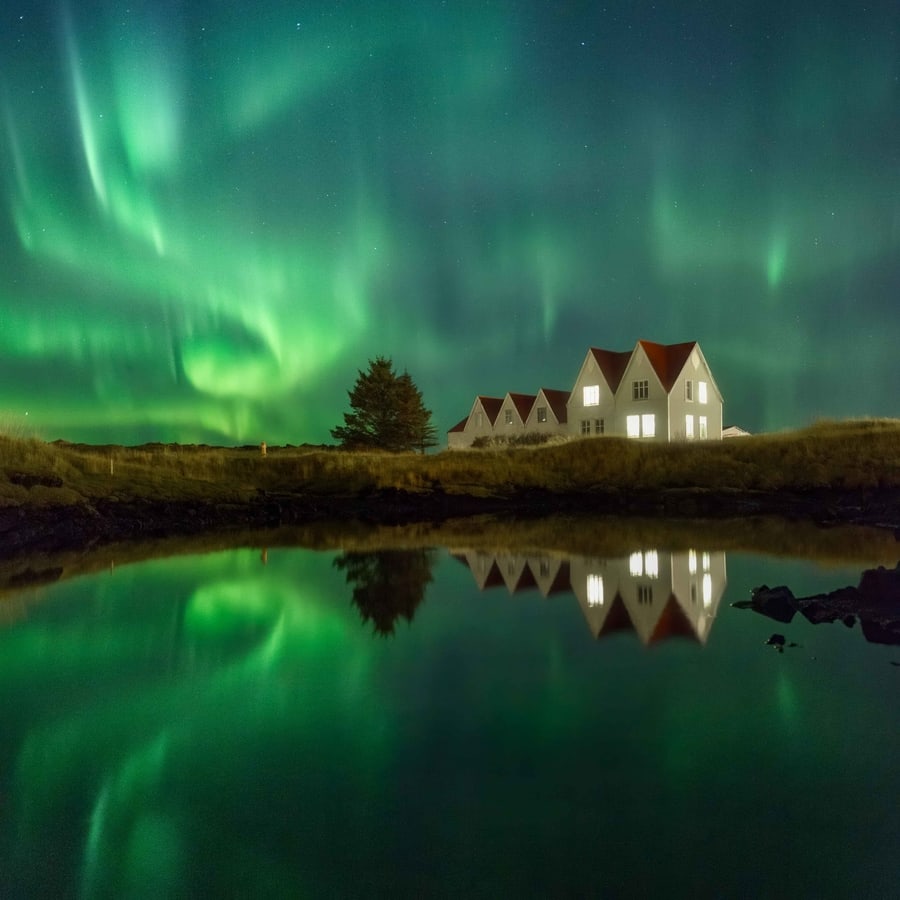
Seeing the Northern Lights in Iceland – Best Time and Places
Still, there’s no point in going aurora chasing without knowing the best time to visit Iceland for Northern Lights or the best places to see the Northern Lights in Iceland. This guide will tell you everything you need to know to be in the right place at the right time to see an unforgettable Iceland aurora display.
Ready to find out how to see the aurora borealis in Iceland? Let’s get started!
- Best time to see the Northern Lights in Iceland
- Best places to see the Northern Lights in Iceland
- Iceland Northern Lights tours
- Best images of Northern Lights in Iceland
- Iceland Northern Lights calendar and aurora map
Best time to see the Northern Lights in Iceland
The Iceland Northern Lights season lasts from late August to mid-April, so you’ll have a good chance of seeing the Northern Lights anytime during this period. The best time of year to see Northern Lights in Iceland, though, is during September and March. Solar activity increases during both months, creating a much higher chance of seeing an aurora display.
On top of that, September and March tend to have warmer weather and longer daylight hours than other fall and winter months, so you’ll feel more comfortable outside and be able to do and see more during the day. The weather is also usually less cloudy during these months, meaning better visibility for auroras.
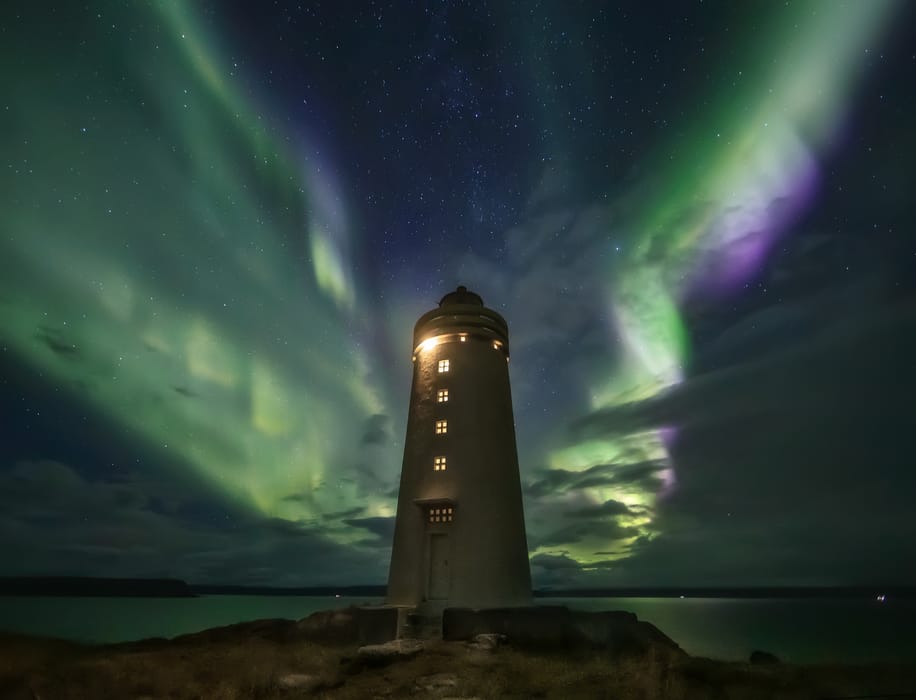
Best time to see the Northern Lights in Iceland by Arturo Monetti
The Iceland aurora season mainly corresponds with fall and winter, the times of year that have the most hours of darkness at night and the best time to see the Northern Lights throughout much of the world. The longer and darker the nights are, the better the chances of seeing an aurora display.
During most of the spring and summer, it’s just not possible to see the aurora borealis in Iceland, since the days are long, and the nights don’t always get dark enough.
What is the best month to see the Northern Lights in Iceland?
These are the best months to see Northern Lights in Iceland:
- August: Seeing the Northern Lights in Iceland in August is not a sure bet. If you travel at the end of the month, however, make sure you check the aurora forecast in Iceland – you may just get lucky.
- September: During September, the nights start to become longer. The weather is not as cold as in late autumn or winter, and solar activity is usually quite high. That’s why September is one of the best months to visit Iceland for Northern Lights.
- October: The first snow falls on most of the island, meaning clouds and low visibility for aurora displays. Solar activity is usually high during the first two weeks of the month, though, and the temperature is less cold than during the depths of winter.
- November: The ice and snow this month signal the beginning of winter in Iceland. The weather in November can be a bit unpredictable, but the number of hours of darkness increases, upping your chances of seeing an aurora display.
- December: The many hours of darkness and the small number of tourists on the island at this time of year make December a good month for aurora viewing in Iceland. Keep in mind that temperatures will be very cold, so prepare to bundle up.
- January: If you want to take Iceland Northern Lights pictures with snow, this is the best time to visit Iceland. The island is in the depths of the Arctic winter, so you’ll enjoy long, dark nights, perfect for seeing aurora displays.
- February: February is still quite cold and snowy, and many smaller waterfalls are frozen. Tourism starts to pick up, as more visitors come to photograph the Northern Lights in Iceland.
- March: Winter’s snow and ice can linger into March, but at the end of the month, the spring equinox brings increased solar activity and therefore excellent chances of aurora displays. There can be quite a few tourists on the island, but March is definitely one of the best months for Northern Lights in Iceland.
- April: The number of daylight hours increases drastically, and the island’s atmosphere changes dramatically with the spring thaw. You’ll be more likely to see an aurora display during the first half of April than during the second half.
Best places to see the Northern Lights in Iceland
In summary, these are the best places to see the Northern Lights in Iceland:
- Jökulsárlón: A glacial lagoon that’s a unique spot for seeing the aurora borealis in Iceland.
- Skógafoss: See the Northern Lights in Iceland over a stunning waterfall.
- Stokksnes: The best beach for viewing and photographing an Iceland aurora borealis.
- Kirkjufell: An iconic mountain that’s perfect for taking dramatic Iceland Northern Lights pictures.
- Hvítserkur: This incredible arched rock formation, also known as “The Rhino”, is a place unlike any other for Northern Lights viewing in Iceland.
- Goðafoss: The northern orientation of this waterfall means you’ll be at exactly the right angle to see a vivid aurora display.
- Valahnúkamöl: Striking cliffs by the sea where you can see the Northern Lights in total seclusion.
- Reykjavik: The best city in Iceland to see Northern Lights.
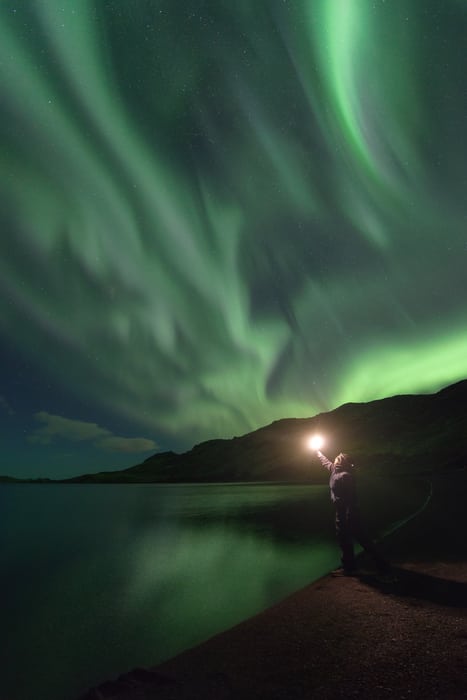
Best places to see the Northern Lights in Iceland
Ultimately, the entire island of Iceland is perfect for seeing the Northern Lights since it’s located so far north and most of the island is sparsely populated, meaning low light pollution. Even in Iceland’s capital city, Reykjavik, you can see the Northern Lights when the display is particularly large and intense.
1. Jökulsárlón
Visiting Jökulsárlón is unlike any other experience you’ll have in your life. This deep lagoon is full of floating icebergs and water from a nearby melting glacier, Breiðamerkurjökull. In fact, one of the best things to do in Iceland is to take this boat tour around the lake to see Breiðamerkurjökull up close.
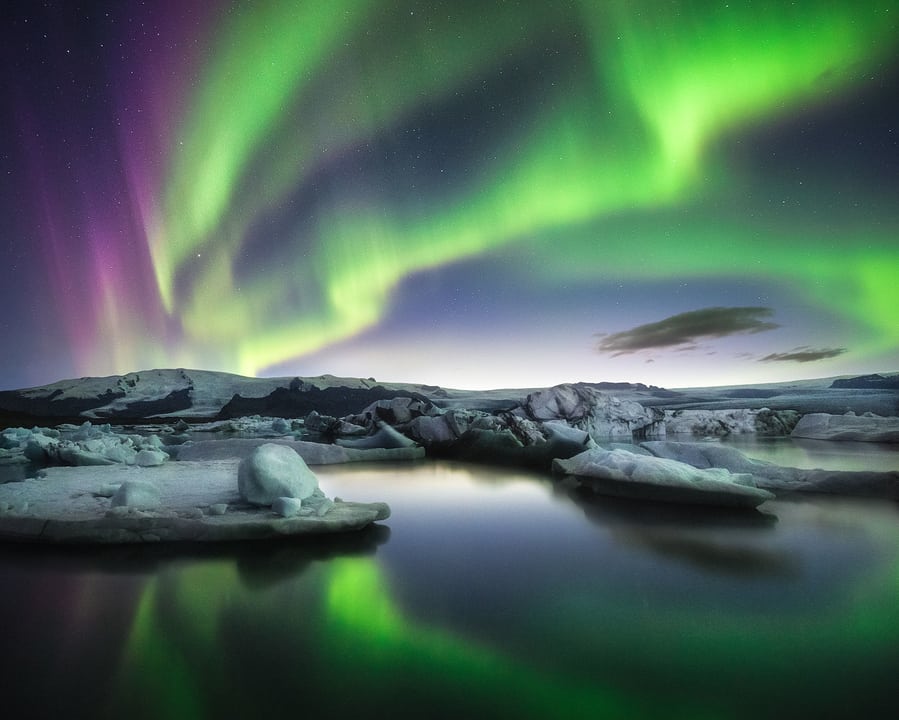
1. Jökulsárlón by Sara Delgado
Besides being a beautiful and unique natural feature, Jökulsárlón is also one of the best places to see the Northern Lights in Iceland. Since Jökulsárlón is located in Vatnajökull National Park, it is in an out-of-the-way area that experiences almost no light pollution, so you should be able to see any aurora displays that occur quite clearly.
On top of that, seeing the bright colors of an Iceland aurora reflected in the lagoon and icebergs is both a breathtaking experience in person and a perfect shot for a Northern Lights photo.
2. Skógafoss
One of Iceland’s most iconic waterfalls, Skógafoss is a top spot for seeing the Northern Lights in Iceland. Since the waterfall faces north, it’s in the perfect position for optimum aurora viewing since aurora displays usually start from a northerly direction. Even better, Skógafoss’s remote location near the Eyjafjallajökull volcano means no light pollution whatsoever.
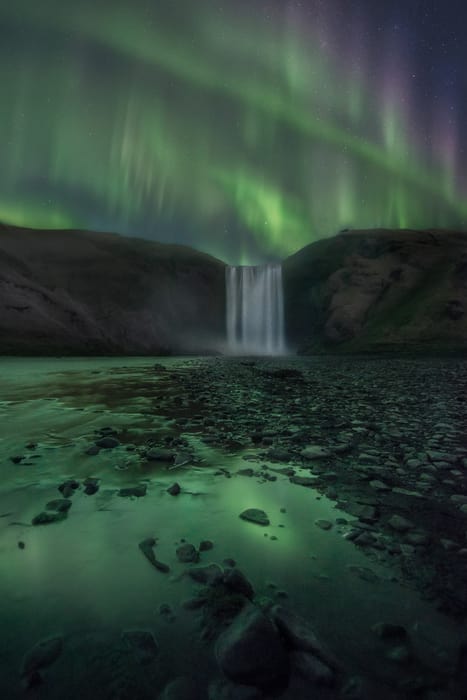
2. Skógafoss
The downside to Skógafoss being such a well-known spot for aurora viewing in Iceland is that many photographers come here when they know there’s a good chance for an aurora display. The crowds and camera flashes can be distracting and make it more difficult to see an aurora, so try a different location if you want a calmer Iceland Northern Lights viewing experience.
An upside, though, is that one of Iceland’s best Northern Lights hotels, Hotel Ranga, is located quite close to Skógafoss. This accommodation, which is also one of the best Northern Lights hotels in the world, is home to a stargazing observatory and offers aurora wake-up calls. The hotel even turns off all of its lights during an aurora display so that guests can have the best viewing experience possible.
3. Stokksnes
The landscape around the Vestrahorn Mountains, more popularly known as Stokksnes, combines the staggering beauty of towering mountains with the bleak splendor of a black sand beach and dunes. As with most of Iceland’s natural features, Stokksnes benefits from extremely low light pollution, which is ideal for aurora viewing.
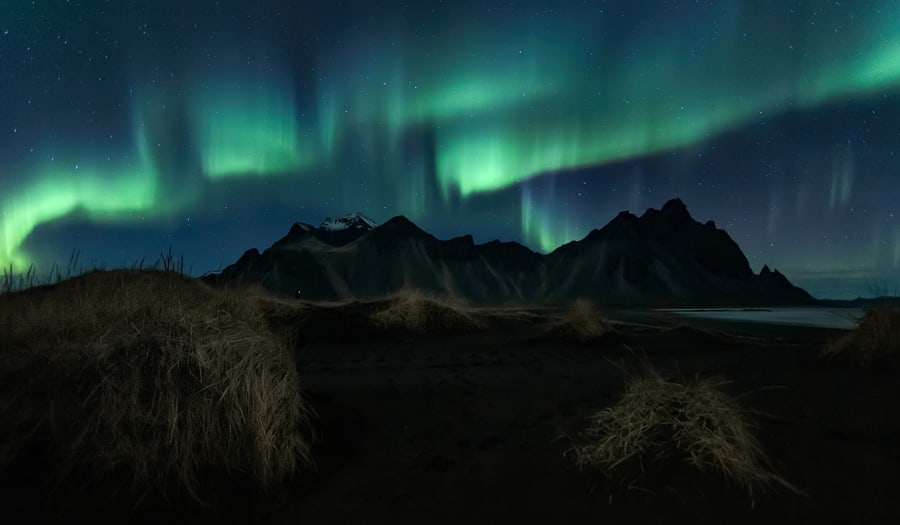
3. Stokksnes by Arturo Monetti
If you’re passionate about taking visually engaging Iceland Northern Lights pictures, you’ll enjoy seeing the stark contrast between the dark landscape below and the bright, dancing lights above.
Want to make your Iceland aurora chasing even easier? Stay nearby at the Aurora Cabins in Höfn. You’ll get a private cabin all to yourself, and on nights when you don’t feel like heading to Stokksnes, you’ll be able to watch aurora displays from the comfort of your cabin’s deck.
4. Kirkjufell
Iceland’s most iconic mountain, Kirkjufell, or “Church Mountain,” was named for its striking cylindrical shape, which is said to resemble a church. Whatever you think the mountain looks like, its northern orientation means that you’ll easily be able to see Iceland aurora displays when they occur, even if the displays are not particularly intense.
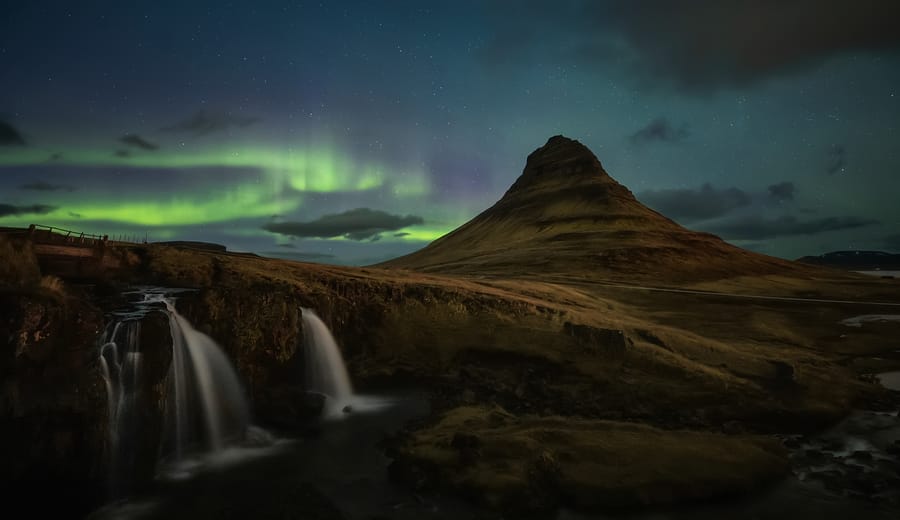
4. Kirkjufell by Arturo Monetti
While Kirkjufell is a fine spot to watch the Northern Lights in Iceland, if you’re not a professional photographer, the lights from the road, the nearby parking lot, and other photographers’ camera flashes can make a photography session here a bit tricky. If you want to get great images of the Northern Lights in Iceland, try to visit Kirkjufell during a less popular time of year or night so you won’t be jockeying for space with other photographers.
One of the best places to stay in Iceland in this area is Kirkjufell Guesthouse and Apartments. This cozy accommodation is only a 12-minute walk away from the beach, and if there’s an aurora display, you won’t even have to leave the guesthouse area to get a good view.
5. Hvítserkur
Hvítserkur, an arched basalt rock formation in the sea that is also known as “The Rhino,” is yet another of the best places in Iceland to see the Northern Lights. This landmark faces north, giving you a high chance of seeing any burgeoning aurora displays.
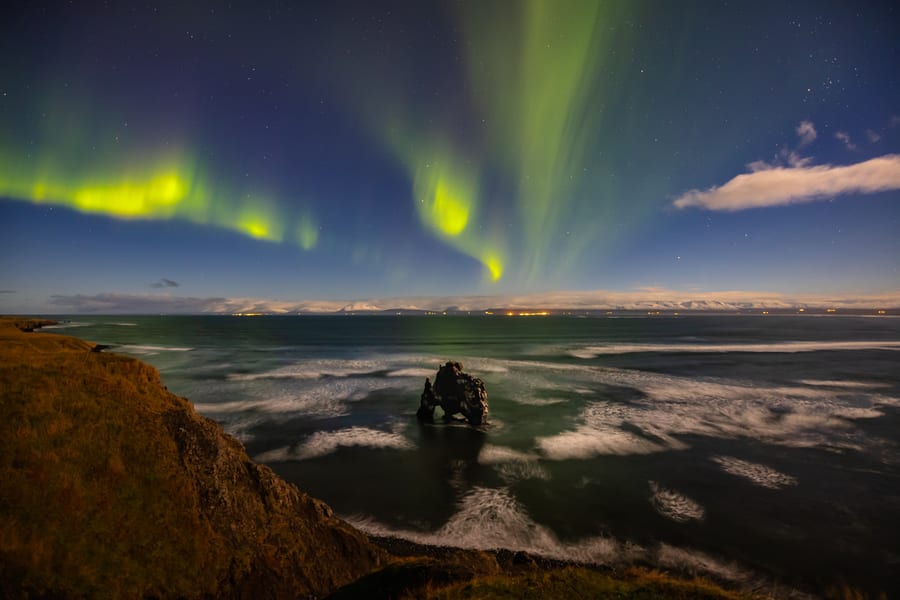
5. Hvítserkur
Beyond that, the unique shape of this formation and its location in the sea will make for exceptional Northern Lights Iceland photos. Whether the aurora is framed by the arches or reflected in the sea, you won’t find a more magnificent view anywhere else.
6. Goðafoss
Escape the crowds at Skógafoss and head to an equally beautiful waterfall, Goðafoss, to see the Northern Lights in Iceland. Like many of the other best spots to see Northern Lights in Iceland, Goðafoss faces north, which means you’ll be looking in precisely the right direction to see an Iceland aurora display.
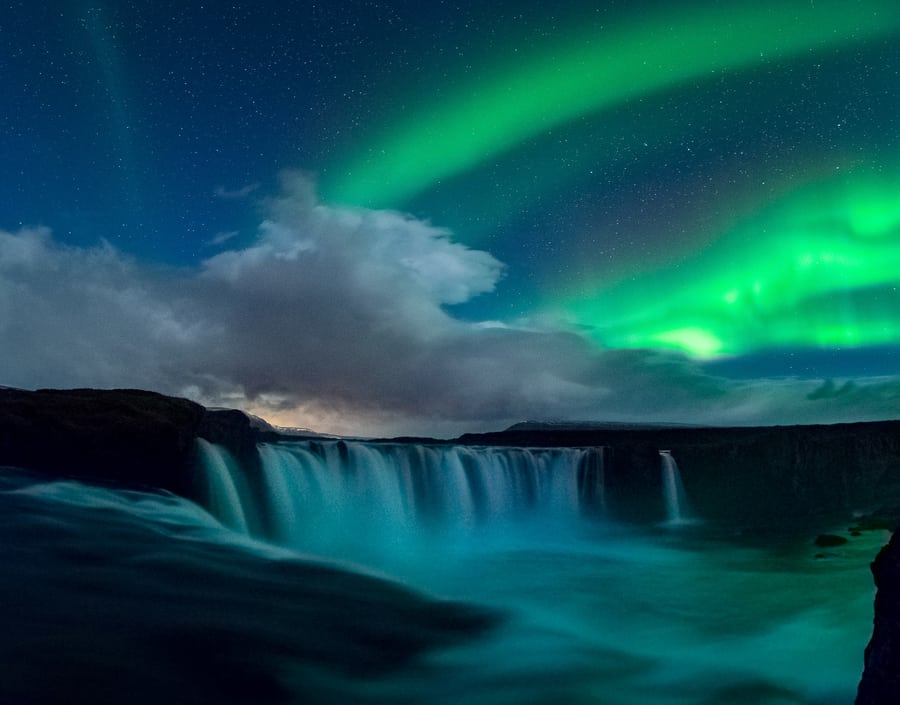
6. Goðafoss by David Aguilar
Goðafoss is also one of the biggest waterfalls in Iceland, so its sheer width and height are breathtaking. In fact, if you watch an aurora display from Goðafoss, it may be difficult to decide which is more beautiful: the waterfall or the Northern Lights. Either way, you’re in for a visual treat.
A great place to stay in the area is Hotel Kjarnalundur in Akureyri. You’ll enjoy panoramic views of the surrounding area as well as a sauna and on-site restaurant.
7. Valahnúkamöl
At Valahnúkamöl, you’ll find everything from a rocky boulder beach and dramatic cliffs to striking sea stacks.
This stunning seaside location is conveniently located on the Reykjanes peninsula, near Keflavík (where the international airport is) and not too far from Reykjavik. It’s therefore easy to reach while being far enough away from Reykjavik that light pollution shouldn’t impact your Iceland aurora viewing experience.
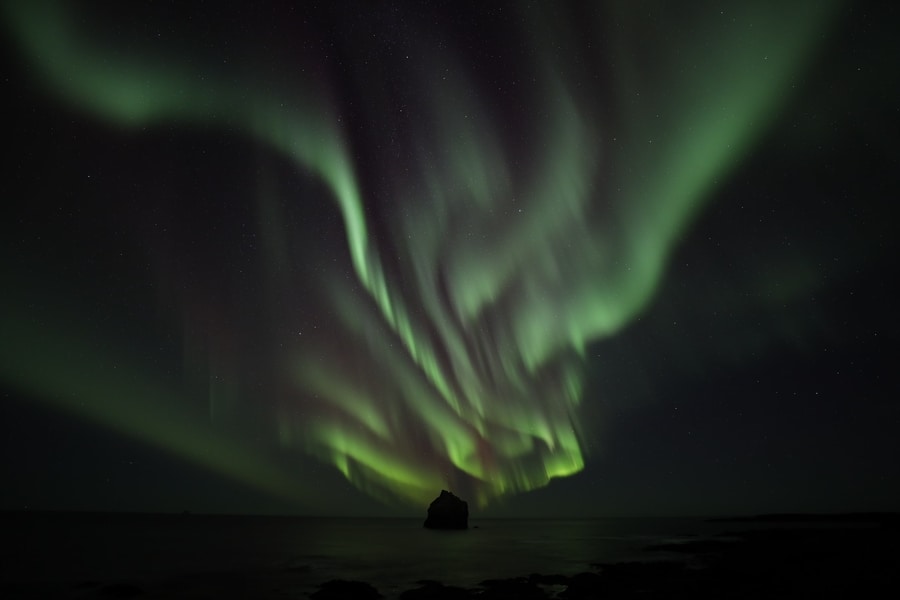
7. Valahnúkamöl
If you plan on staying in the area, book a room at Hotel Berg by Keflavík Airport. Not only will you be close to the airport, but you’ll also get to relax in the rooftop pool and enjoy views of the nearby marina.
8. Reykjavik
Seeing the Northern Lights in Reykjavik is definitely possible but not a guarantee. The light pollution in Iceland’s capital city means that it’s not the best place for Iceland Northern Lights viewing. If an aurora display is particularly intense, however, there are certain places within and around the city where you should be able to see it.
The “Sun Voyager” sculpture is located only a few minutes away from the city center and makes an arresting foreground for Iceland Northern Lights photos. Make sure you look towards the north coast if there is a promising aurora forecast. Þúfa, a nearby outdoor art installation that also faces north, is another great place to see the Northern Lights in Reykjavik.
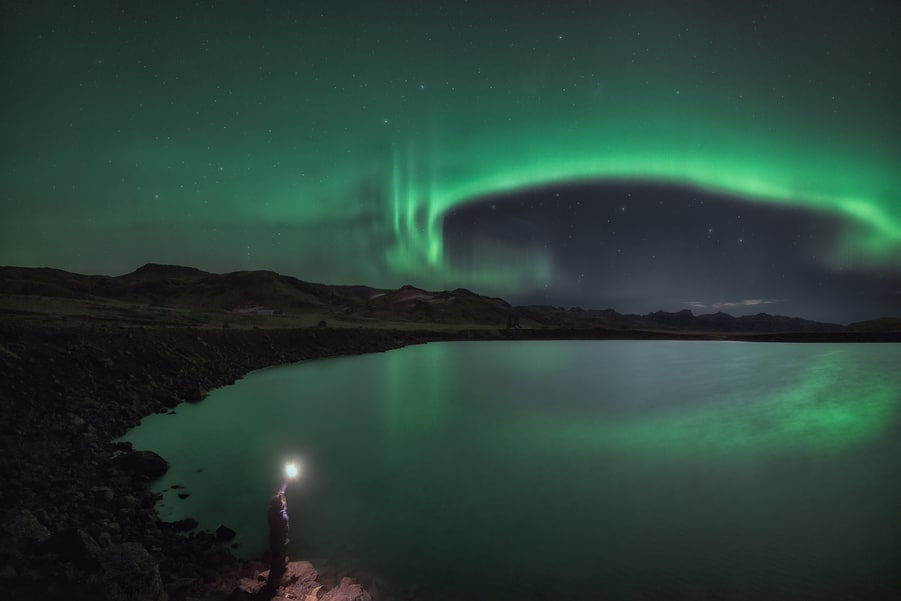
8. Reykjavik
Another one of the best places to see the Northern Lights in Reykjavik is the rotating glass restaurant, Perlan. This restaurant is in a prime location; it’s close enough to the city center that it’s convenient to get to but set above and apart from the rest of Reykjavik on Öskjuhlíð Hill so that it’s not as affected by light pollution.
Of course, you can always take a Northern Lights tour from Reykjavik, which will take you out of the city to more remote spots with better chances for aurora viewing.
If you’ll be staying in Reykjavik for a few days, be sure to visit Reykjavik’s top attractions.
Iceland Northern Lights tours
Booking an Iceland Northern Lights tour will undoubtedly take the guesswork out of your aurora chasing. Instead of having to figure out where to go at what time, an expert local guide will take care of all those calculations for you.
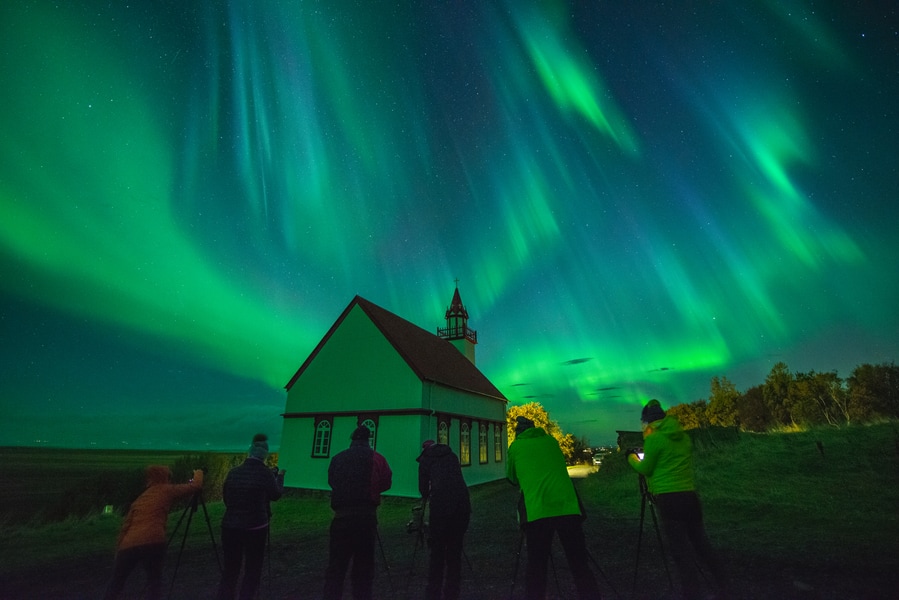
Iceland Northern Lights tours
The most convenient way to aurora chase is to book a Northern Lights vacation package, but if you don’t have the time or energy for a multi-day tour, there are plenty of one-day Northern Lights tours in Iceland. Most tours depart from Reykjavik, so they’re easy to join. Our top picks for Iceland Northern Lights tours are:
- Northern Lights Bus Tour from Reykjavik
- Northern Lights Luxury Yacht Tour from Reykjavik
- Golden Circle and Northern Lights Combo Tour from Reykjavik
- Small-Group Premium Northern Lights Tour from Reykjavik
- Northern Lights Tour with Hot Chocolate and Icelandic Pastries from Reykjavik
Our article on the best Northern Lights tours from Reykjavik has a more complete list of aurora tours if you want more options.
We also run a Northern Lights Photo Tour in Iceland every September since that’s the best time to see the aurora in Iceland. If you want to discover the best locations around Iceland for aurora viewing, chase and photograph the Northern Lights every night, and learn more about photography with a group of like-minded and passionate photographers, this is the tour for you. It’s sure to be an experience you’ll never forget!
Note: If you aren’t truly passionate about photography, regardless of your skills or level, this trip will not be the right fit for you. The tour centers on photography and is specifically aimed at avid photographers.
Best images of Northern Lights in Iceland
If you’ve traveled to see the Northern Lights in Iceland, you’ll probably want to photograph the aurora display, so you remember it forever. My guide to photographing the Northern Lights will give you tips on gear, composition, and camera settings so you can take the best possible Northern Lights Iceland photos.
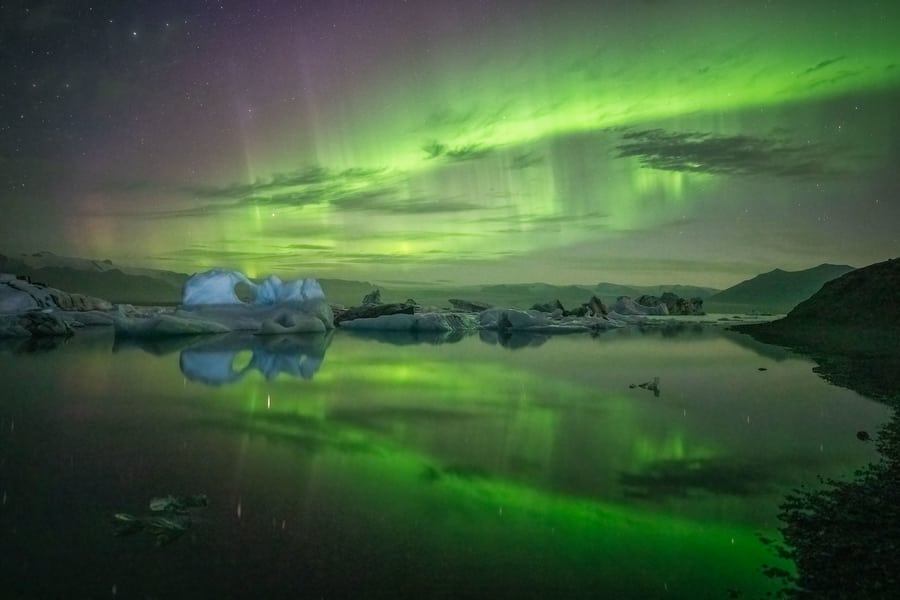
Best images of Northern Lights in Iceland
To give you a basic idea of how to take great aurora pictures, below is a general outline of steps you can follow. If you need inspiration, this gallery contains all of the best images of Northern Lights in Iceland I have taken.
How to photograph the Northern Lights in Iceland
These are the steps you should follow to photograph the aurora borealis in Iceland:
- Prepare your gear. The most important thing you can do is make sure you have a good camera to photograph the Northern Lights.
- Mount your tripod.
- Set your focus so you get sharp images.
- Shoot in RAW if you want to edit your pictures later.
- Raise the ISO according to your camera sensor.
- Open up the aperture of your lens completely to capture more light and get better results.
- Set different shutter times.
- Think about composition when shooting the aurora with incredible Icelandic landscapes.
Finally, as I mentioned before, if you want to take images of the Northern Lights in Iceland with us next September, join our Iceland photography tour!
Iceland Northern Lights calendar and aurora map
Below, you’ll find a chart of historical data for the Northern Lights in Iceland in 2021, with Reykjavik as a reference.
*KP is a value related to the Aurora forecast and ranges from 0 to 9. To see the Northern Lights in Iceland, you usually need a KP of 3 or higher. You can find out more about aurora forecasting here.
NIGHTS WITH KP ≥ 3 | DARK NIGHTS ≥ 4 HRS | NORTHERN LIGHTS NIGHTS |
|
|---|---|---|---|
Northern Lights in Iceland in January | 22 | 31 | 22 |
Northern Lights in Iceland in February | 19 | 28 | 19 |
Northern Lights in Iceland in March | 22 | 31 | 22 |
Northern Lights in Iceland in April | 21 | 0 | 0 |
Northern Lights in Iceland in May | 19 | 0 | 0 |
Northern Lights in Iceland in June | 10 | 0 | 0 |
Northern Lights in Iceland in July | 17 | 0 | 0 |
Northern Lights in Iceland in August | 17 | 0 | 0 |
Northern Lights in Iceland in September | 27 | 18 | 17 |
Northern Lights in Iceland in October | 18 | 31 | 18 |
Northern Lights in Iceland in November | 17 | 30 | 17 |
Northern Lights in Iceland in December | 16 | 31 | 16 |
HISTORICAL DATA OF NORTHERN LIGHTS IN ICELAND BY MONTH IN 2021 |
|||
Use this Iceland Northern Lights calendar as a reference, but keep in mind that KP is random and will vary from one year to the next. Also, the calendar above doesn’t show what the level of cloud cover was, a key factor in determining your chances of seeing an aurora display.
If you want to know the cloud and aurora forecast in Iceland for today, I recommend checking the Iceland Meteorological Office website.
Check the map below to find all the places to see the Northern Lights in Iceland. You can also download it from our article on tourist maps of Iceland.
The best places to see the Northern Lights in Iceland are marked in green, while Northern Lights hotels in Iceland are marked in red.
I hope you enjoy your time in Iceland and you capture some incredible images of the aurora borealis! If you need more information or you have a concern, don’t hesitate to leave me a comment below. Happy aurora chasing!
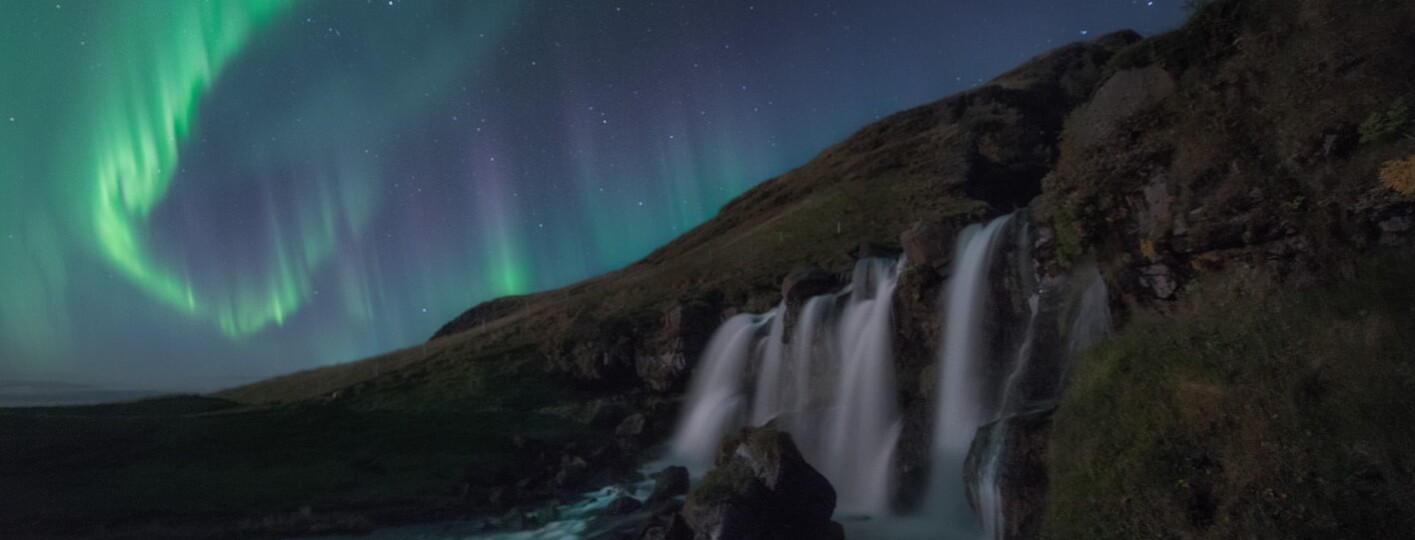
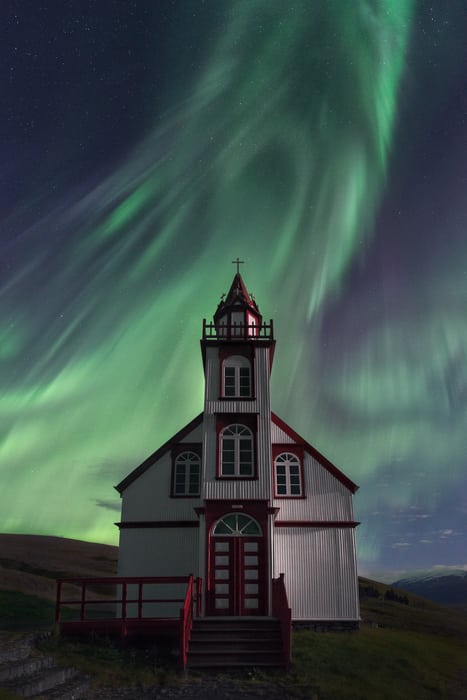
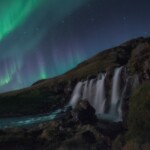
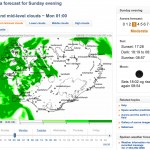
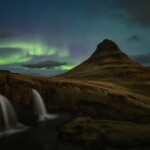

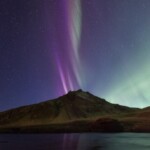
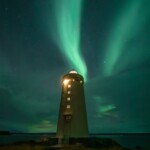
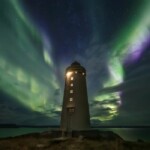
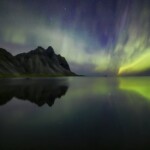
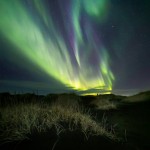
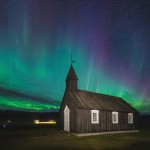
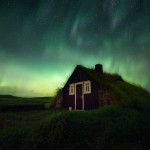
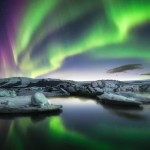

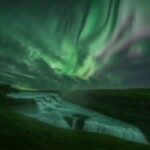

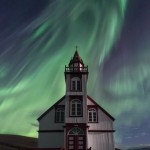
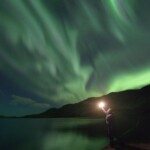
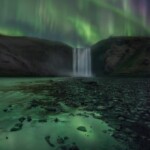
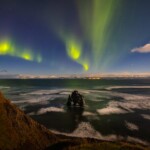
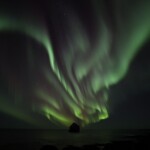
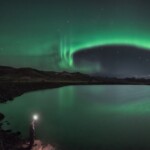
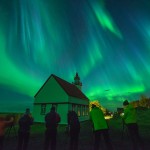
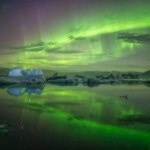
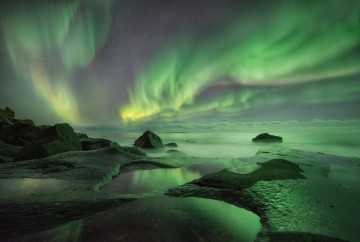
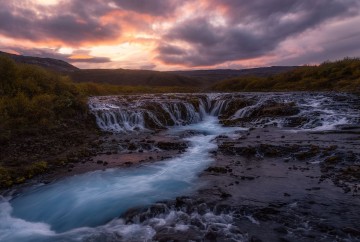
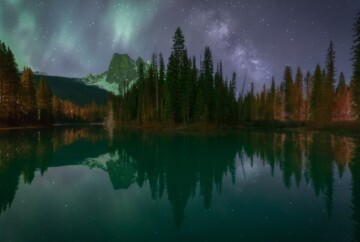

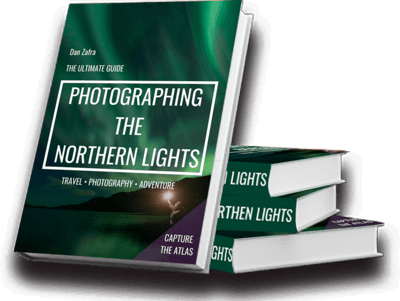
Hi Dan,
Thanks for sharing, this is really useful for me who plan to bring both of my parents (age around 60 to 70) to Iceland to see the northern lights
So far it seems the best month to see northern lights and not in a winter season or low temperature season is in September? or could you recommend any other months suitable for elderly to visit Iceland?
Just worry elderly whose ages around 60 to 70 y.o may not be able to endure the temperature in Iceland as it would be too cold for them.. I am living in South East Asia, a tropical season throughout the year.
And any recommended private tour there?
Your reply will be much appreciated, thank you 🙂
Hi Niu,
There is no bad weather only bad clothing. Make sure your parents have the proper apparel and they will be find. 🙂
It’s very nice from you to take them to Iceland to see the Northern Lights. Regarding private tours. I recommend any of these Northern Lights tours from Reykjavik or if you are looking for packages, check these Iceland vacation packages.
Let me know if you have any questions,
Ascen
Great website! Kudos! Very informative and beautiful photos. Planning to go in February next year for Aurora and much more that the island has to offer.
February is a great month for Northern Lights. I hope you are lucky and see this wonderful phenomenon.
Ascen
Hi, I am planning to travel to Iceland in ney year from 2nd to 7th of January. Is it possible to see auroras that time in new year ?
Hi Kishan,
It’s, just check the Aurora and weather forecast. Wish you good luck in your Northern Lights experience!
I’m planning to visit Iceland first week of December 2019 and wish to see the NL. I’m not a professional photographer but know quite a bit. I’m trying my luck and hope to capture good ones, if I’m lucky. I’ve read your tips on taking pictures and have noted them down. If I’m not lucky enough, I’ll be joining you in September. Hope you have a slot for me. Than you for your detailed article. Very much appreciated.
Hi Aileen, I hope you’re lucky with the solar activity and the weather and you can shoot some nice Aurora images.
Technically it’s a bit challenging, but if you follow the steps and tips of this guide you should be fine.
You’re always welcome to join our Iceland Northern Lights Photo Tour next September 😉
Statically what is your opinion on the best town to visit at least a few day to see the NL’s mid to late September . That will be the main attraction for me , so I’m ok with anywhere for a few days for an attempt to catch a view and then will head out to other towns to take in sights .
Hi Kristi,
If you want to see the NL it is better if you go outside any town because of the light pollution. However, from Reykjavik, there are many tours to see Northern Lights.
Let me know if you have any questions.
Ascen.
Planning to have trip to island to see the attractions on March 2020. This is my first time to visit Iceland. Would you please give me advices where to live I order to see the most beautiful nature wonders such as Blueand northern light?
Hi Judy,
I recommend you to stay in one of the best northern lights hotels in Iceland to enjoy this phenomenon.
Here you can check the best places to visit in Iceland that shouldn’t miss on your trip.
Let me know if you have any question 🙂
Ascen.
I am planning for Jan or March 2020 to south of Iceland to see Northen Lights, interested with Photogenic places. Also seems, March will be crowded. Which are all the best places to visit ? Do I need to take special clothes if I want to go by Jan 2020 ?
Thank you,
Best Regards,
Sasikumar S
Hi Sasikumar,
March is not too crowded compared to the high season (April-Sept), so you should be fine 😉
Statistically, March is also one of the best months to see Northern Lights in Iceland (better than Jan), and it’s usually less cold, so if it’s your first in Iceland I’d probably suggest planning your trip in March.
I wish you all the best in your Northern Lights chasing experience!
Cheers,
Dan
planning a trip in 2020 to Iceland to see the lights
what will the best month? from what I read will it be late September?
have time to plan so how long can we wait to book our trip to Iceland
thank you
Hi Nico,
Statistically, the end of September and March are the months with more Northern Lights nights per year in Iceland. If you prefer warmer weather and see beautiful colors during the day, then the end of September could be the best bet for you.
Have a nice trip!
Hi
I am planning a trip from 10th October to 17th October
I am really confused if should go to Tromso and Abisko or go to Iceland
Can you recommend which one should i pick
Hi Chitranshu,
you can see Northern Lights in all the places you mention.
If your goal is merely seeing Northern Lights, I’d probably pick Tromso or Iceland.
All the best chasing the Aurora!
Dan
I’m in the planning stages of a trip to Iceland either 2020 or 2021– my bucket list extending my comfort zone in the cold nights of winter! But a passion to see this phenomenon. I will surely be booking one of your tours, as photographers. Yes, we have the gear.
My question: How do I coordinate this with a vacation package to minimize the cost of air travel and hotel expenses? Will we need to rent a car?
Hi Mary and David,
Thanks for your message!
I left you a private message with more information 😉
Dan
Hi,
Planning a visit in 3rd week of October, around the 19th/20th. Is that a good time to see the lights?
thanks!
Hi Charul,
October is a very good period for seeing the Northern Lights in Iceland, so if there are clear skies, make sure you check the Aurora forecast every day.
All the best chasing the Aurora in Iceland! 😉
Dan
Traveling to Iceland next week. Do I have any chance to see the Northern Lights in Iceland in July?
Thanks and awesome pictures btw
Karl
Hi Karl,
I don’t think so. It’s never get dark in July in Iceland.
You should try from September’s.
Ascen
fantastic resource, thank you so much.
We’re coming from the US Oct 13-16 for 3 nights. Should we set the expectation that we need to leave one person up all night to look for the NL’s? Or are there certain times of the overnight period that are more successful for viewing?
Hi James,
Northern Lights do not depend on the time so any time that is dark and with a high KP will be ok. I would suggest download one of the Northern Lights alarm apps that we recommend on our guide to photographing the Northern Lights so you can know if the KP suddently increase.
Let me know if you have any other question.
Dan
Hi Where planning to come on march 20 to 23 2020 we want to buy a tour to see northen lights where we can buy?
Hi Virginia,
I would book this tour this week since there is a huge discount!
If you miss that deal I would book this tour.
Let me know if you have any other question.
Ascen.